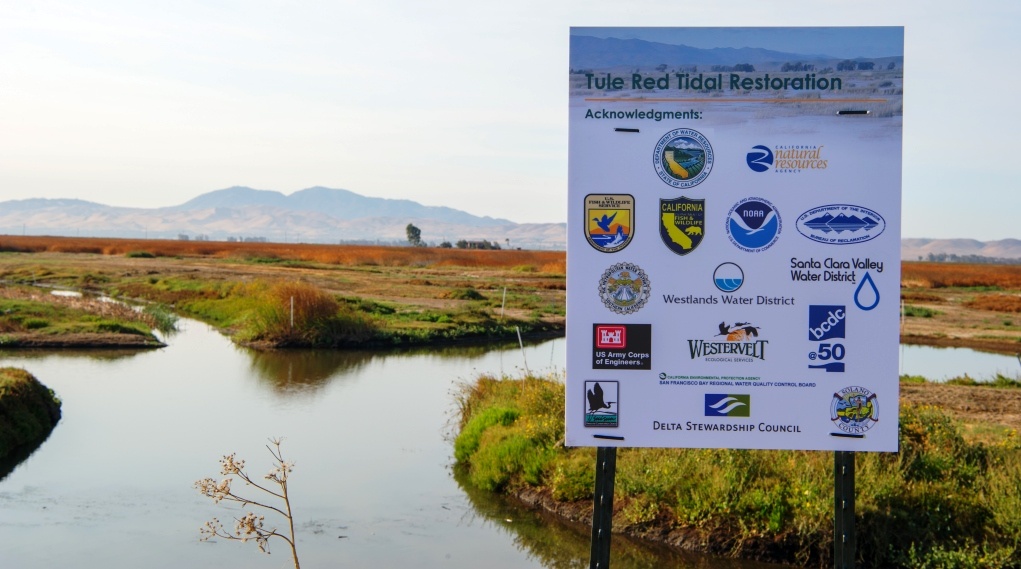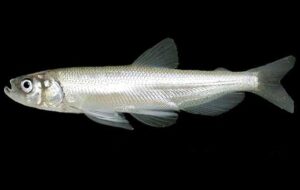Only 6 months after construction was completed and the levee was breached at the Tule Red Tidal Restoration Project, longfin smelt have returned.
The 420-acre restoration site converted wetlands managed primarily for waterfowl to tidal wetlands for the benefit of dwindling native fish populations including Delta smelt, longfin smelt, Chinook salmon and the food web that supports them.
The Tule Red Tidal Restoration Project is a public-private partnership. Westervelt Ecological Services (WES) performed the restoration, with funding from State and Federal Water Contractors (SFCWA) and the California Department of Water Resources (DWR). Westervelt Ecological Services is the landowner, restoration designer, lead habitat designer and project manager on behalf of SFCWA.
“There was a need for this project; WES designed it to work, and it is! This project demonstrates that a private entity like Westervelt Ecological Services can effectively partner with State and Federal agencies to provide large landscape solutions to some of the biggest problems facing the Delta and the species that rely on this habitat,” says Hal Holland, Westervelt Ecological Services Western Region Manager. “We hope to see many more projects like this one happen across the State in the coming years.”
“We are not surprised at all to find the longfin smelt utilizing the Tule Red Site so quickly post-restoration,” says Dr. Lenny Grimaldo, Senior Fisheries and Aquatic Scientist at ICF with over 20 years of experience conducting research on fish in San Francisco Estuary.
“The levee breach location is situated at the perfect hydrodynamic location, allowing for the tides and winds to usher the longfin smelt onto the property and utilize the high nutrient values found on-site,” he explained.
This is a promising start for the Tule Red Tidal Restoration Site, and Lenny also predicts that the imperiled delta smelt is not far behind in joining the longfin smelt onto to property.
“It is no longer a question of if the delta smelt will return to the Tule Red Site, but when,” says Lenny, who is leading a series of early life history studies of Longfin Smelt and other fish and invertebrates as part of California Department of Fish and Wildlife Proposition 1 Study, and is co-leading a large outflow study for the U.S. Bureau of Reclamation to better understand how Delta Smelt and their prey respond to freshwater outflow in the estuary.
Photo courtesy of Westervelt Ecological Services.
Learn more about Westervelt Ecological Services and the Tule Red project.


